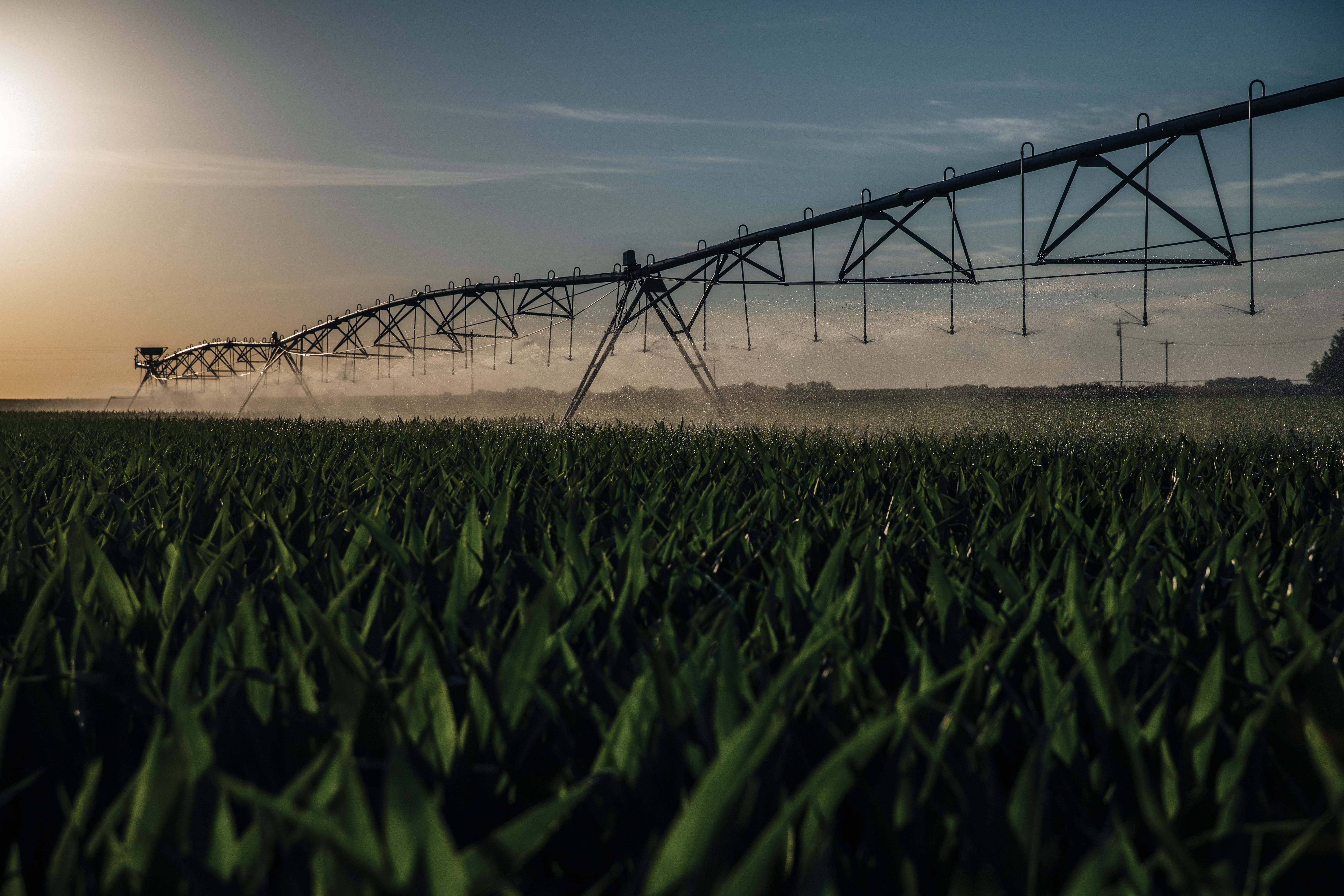by
User Not Found
| Jun 13, 2022
by Jake LaRue

Every grower knows nitrogen fertilizer costs have gone up significantly. That makes it even more important to apply fertilizer efficiently and economically. The best way to do so is through Valley® center pivots.
Applying fertilizer through your center pivot saves the time and cost of having a third party apply it, and center pivots are also the best way to apply just the right amount of fertilizer when and where it’s needed. Additionally, applying fertilizer through your Valley center pivot is good for the environment by minimizing leaching and/or runoff of nitrogen fertilizers. Liquid and granular nitrogen sources such as UAN 28%, UAN 32% and urea in solution have been applied through Valley center pivots with galvanized pipelines for more than 40 years.
Avoiding corrosion in center pivot pipelines
Occasionally, we will hear the application of nitrogen fertilizer through our center pivots is causing corrosion. Our research has found no connection between the typical application of nitrogen fertilizers mentioned above and damage to center pivot galvanized pipeline.
However, there are some best practices to follow after finishing a nitrogen application with your center pivot:
- If you do not plan to irrigate immediately after finishing the nitrogen application, you should run some water through the pivot to flush out any remaining fertilizer solution. Flushing a 1,300-foot center pivot generally takes 5-10 minutes.
- Be sure all the drains are working to minimize the water left in the pipeline.
- Of course, even if not applying nitrogen fertilizers, the drains should be sealing and draining for optimal center pivot performance.
The real culprit may be water chemistry
What our research has found over many years is the likely cause of corrosion is the irrigation water chemistry and not the addition of nitrogen fertilizer. To be safe, growers should test the water they use for irrigation at least every three to five years.
Valley has a proprietary computer model to evaluate the impact of the water chemistry on a galvanized pipeline. If you take your water chemistry analysis or a water sample to your local Valley Dealer, they can arrange to run the model and provide an estimate of the useful life expectancy of your pivot pipeline.
The best corrosion protection
The best solution to corrosion — no matter the cause — is Valley PolySpan® pipeline. PolySpan is made from an inert material, so using PolySpan ensures a grower may apply a wide variety of crop protectant and soil remediation products. Growers can re-pipe their machine for less of an investment than replacing, and all components, from pivot pipe to last pipe, are lined and poly protected. PolySpan pipeline is the same weight as galvanized pipe when filled with water, and is long lasting: the first Valley pivot with PolySpan was installed 30 years ago and is still working!
If you have any further questions, contact your Valley Dealer for assistance and guidance.